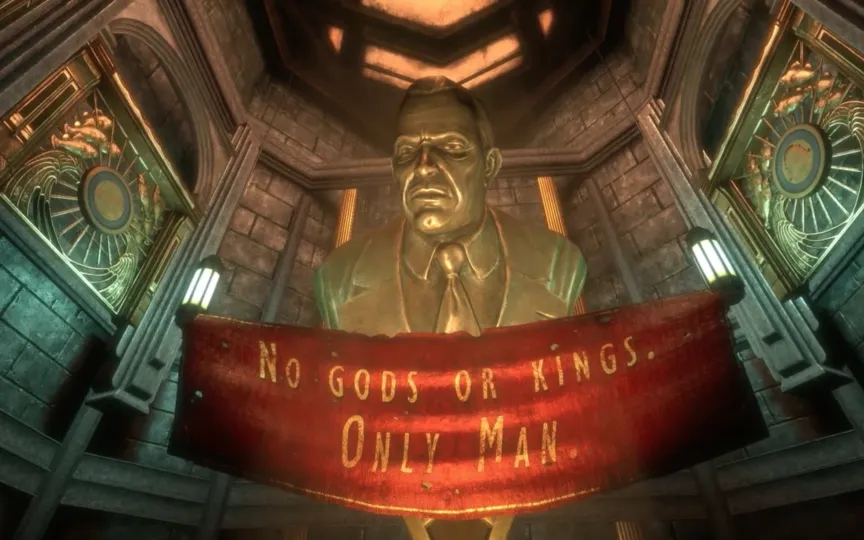Indie Games Receive Customized Publishing Support
In the realm of video game news, it has become difficult to overlook the emergence of Annapurna Interactive, Devolver Digital, Private Division, Humble, Epic Games, and Netflix in relation to independent projects. The approach to distributing indie games has evolved in recent years, moving away from a focus on self-publishing and towards a greater emphasis on securing deals and acquisitions. Currently, this shift is fueling a noticeable surge in the indie gaming industry, albeit on a smaller scale.
“I don’t think I ever want to self-publish again.”
Ben Ruiz has been a game developer since 2005, and in that time he’s done it all. He founded two studios, did contract work on titles like Super Meat Boy and Overland, and independently released a marquee original project, the monochromatic brawler Aztez. Today, Ruiz has a five-person studio called Dinogod and is building Bounty Star, a game that combines mech combat with life-sim mechanics. Bounty Star is published by Annapurna Interactive and is scheduled for release in early 2024.
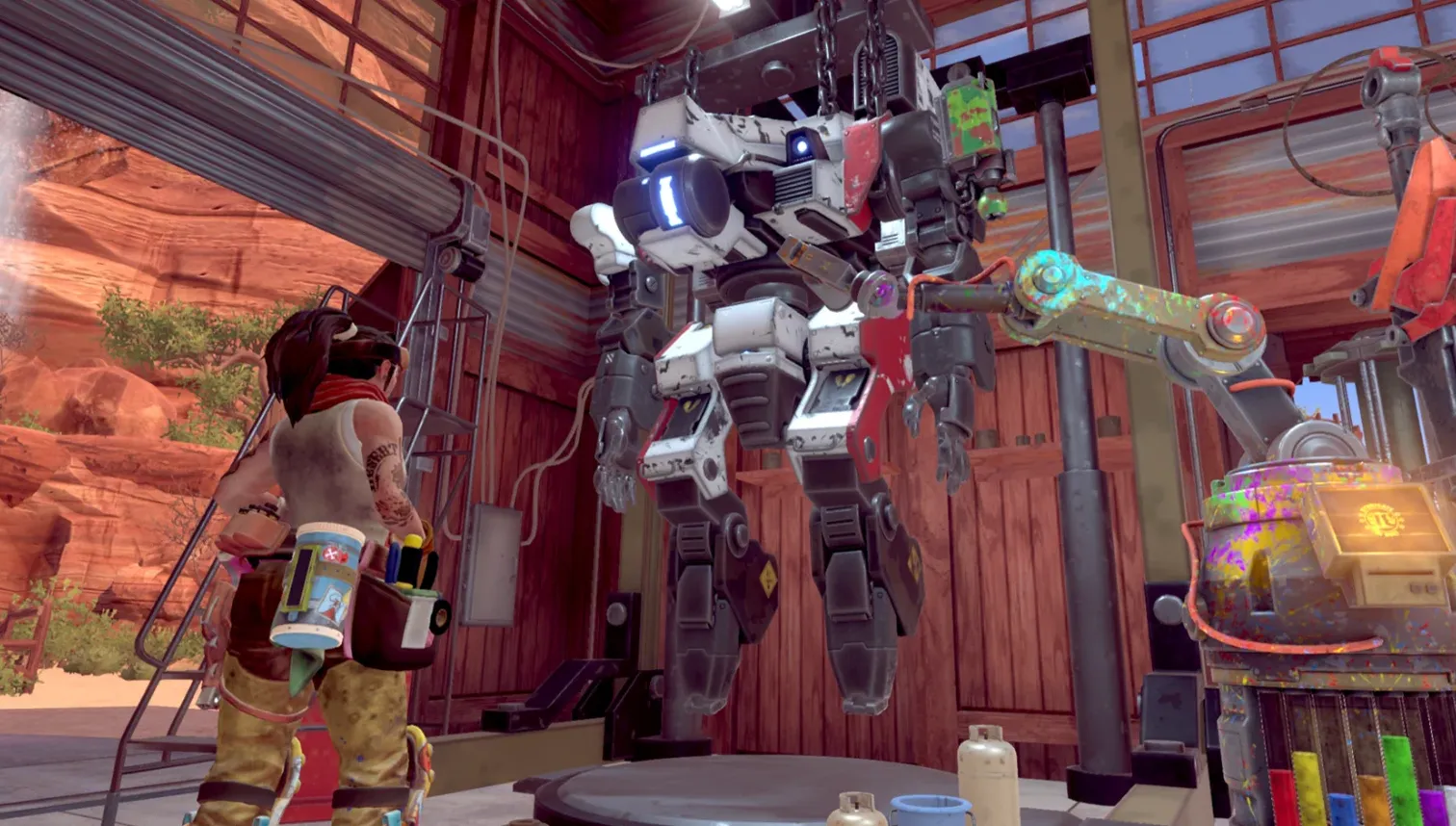
“Everyone favors the publisher relationship, seemingly because self-publishing has become this extraordinarily difficult thing,” Ruiz said. “It’s possible, but without help I just don’t know how anyone does it… I have a lot of friends in the same boat.”
Ruiz’s career is a microcosm of the changing landscape of indie developers over the past 10 years. He started working on Aztez in 2010, when Steam was a curated marketplace where Valve employees hand-picked individual games for the platform. This system had completely collapsed by 2012: after blockbusters like Braid, Super Meat Boy, and Fez, the indie market was overwhelmed by new games and developers, and Steam abandoned its curation efforts. It went through a community vote called Greenlight, before eventually settling into the all-you-can-eat Early Access model we know today.
Ruiz and his business partners built Aztez between contract projects, and by the time it was ready to debut on Steam in 2017, the indie market was saturated. In 2010, 309 games were added to Steam; in 2017 there were 6,306. Despite the heavy hype behind it, Aztez struggled to stand out and was the last time Ruiz attempted self-publishing.
Ruiz did contract work for a while after Aztez, and in 2018 he introduced Bounty Star to people he knew in Annapurna. The premise of the game is complex – starring Clem, a desert bounty hunter with plenty of baggage, and features mech battles, emotional cutscenes and housekeeping mechanics, including light gardening. Annapurna bit, and Ruiz made a publishing deal.
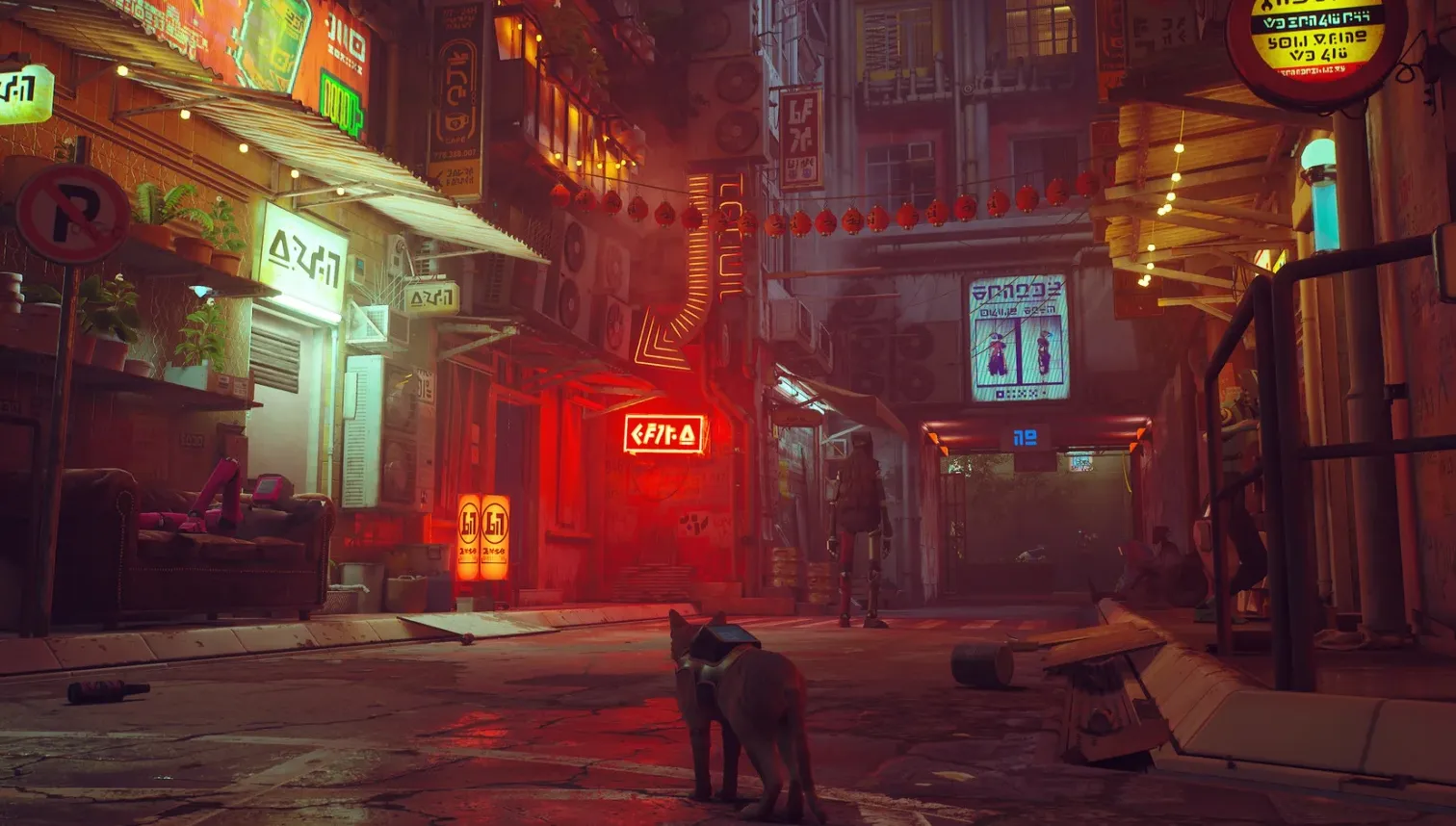
Annapurna Interactive is one of the most prominent indie game publishers at the moment, whose books include Stray, Outer Wilds, Neon White, Donut County and What Remains of Edith Finch. Founded in 2016 as an offshoot of Annapurna Pictures, it quickly established its brand as an arthouse publisher focused on visually innovative and emotional experiences. Its showcases are now a staple of the game calendar.
Annapurna handles Bounty Star’s marketing, and it also financially supports Ruiz’s studio, Dinogod. When Ruiz started the game, it was clear that he would need a team of five or six people to realize his vision, and Annapurna gave him the funding to hire.
“The fact that Dinogod has five full-time people, that was part of the partnership,” Ruiz said. “When everything was green, it was the first step to get these five or six people… If [Annapurna is] interested in something that they think is a good move and it needs more people, it seems to be perfectly fine. They don’t object, for example scale.”
Today, Annapurna is not the only one making these types of agreements with India. Devolver Digital is the granddaddy of indie publishers, and since 2009 has released hits like Hotline Miami, Hatoful Boyfriend, The Talos Principle, Gris, Fall Guys, Inscryption, Weird West, and Cult of the Lamb, all in collaboration with small development teams. Also included are Humble, Private Division, Raw Fury, Epic Games, Finji, Gearbox, EA and Netflix, all of whom have ramped up their indie publishing efforts in recent years. Meanwhile, Microsoft’s strategy is simply to acquire the studios it likes, and currently has 23 developers under the Xbox Game Studios banner. Sony follows a similar approach, although it owns fewer studios than Microsoft. Microsoft and Sony have also signed hundreds of one-off deals with indies as they try to fill their streaming libraries — Xbox Game Pass and PlayStation Plus Premium — with a steady stream of new experiences.
This is the new standard for indie developers: Identify the publisher that best matches the tone of your game, pitch it, and pray. Even established studios like Simogo, creator of Device 6, have switched publishers to the first model. Simogo’s latest projects, Sayonara Wild Hearts and Lorelei and the Laser Eyes, are the result of its partnership with Annapurna.
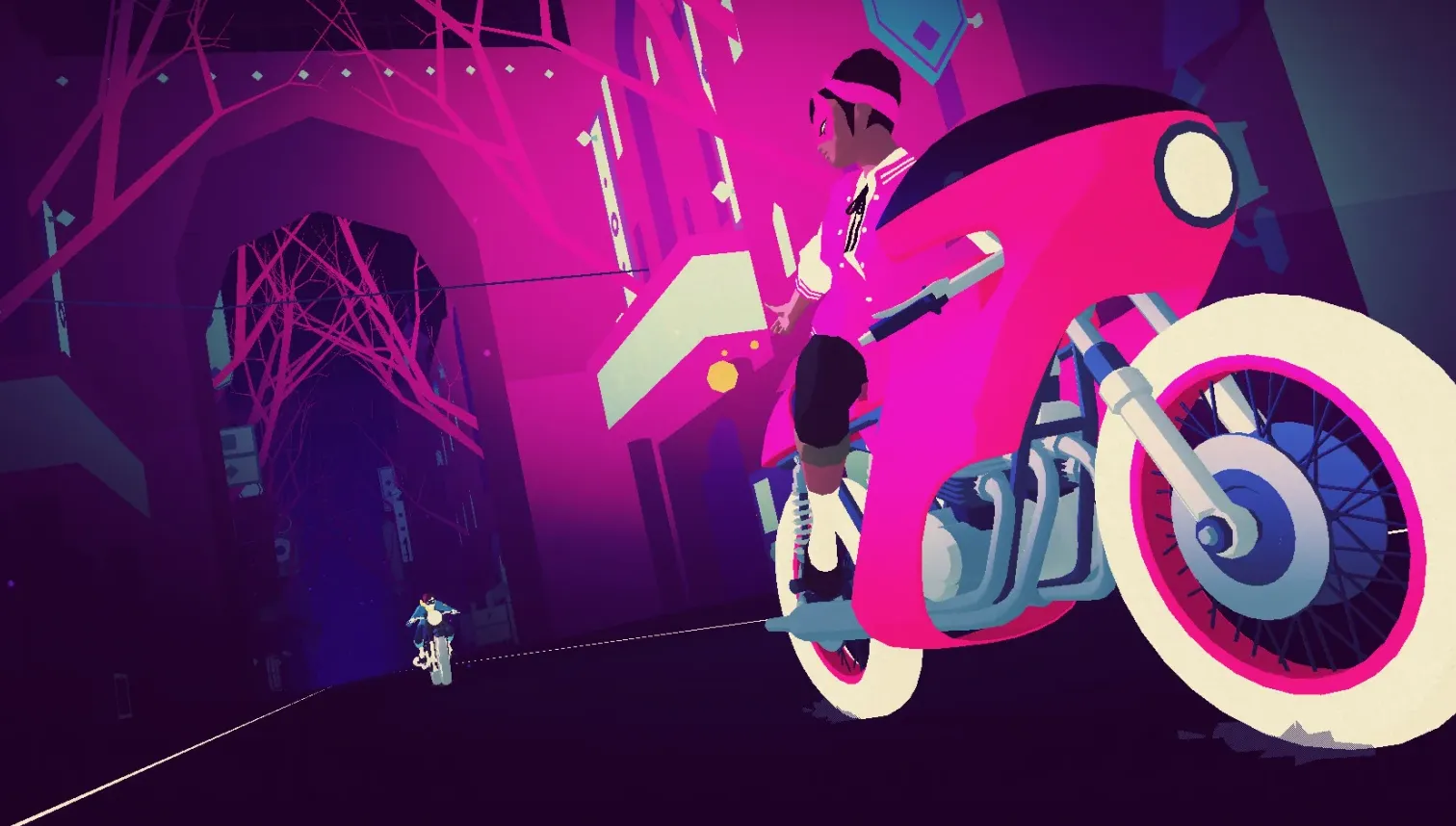
“I think the biggest change for us as a studio is working with a publisher, which would have been completely uncomfortable and impractical ten years ago,” Simor Flesser told ReturnByte earlier this month.
And then there’s Netflix. The streaming company officially entered the game distribution business in 2021 and has a library of 100 games by the end of 2023, all freely available to all Netflix subscribers. It has already brought a number of high-profile titles to mobile, including Kentucky Route Zero, Poinpy, Into the Breach, Spiritfarer, Lucky Luna and Oxenfree II, and has bought a few studios outright – notably Alphabear developer Spry Fox and Oxenfree house. Night school studio. The first of these acquisitions was Night School, which was acquired by Netflix in 2021.
“Consolidation — I didn’t really have my finger on the pulse that much about it, because when we joined Netflix, it didn’t seem to happen that quickly,” Night School founder Sean Krankel told ReturnByte. “And now for the last few years, it’s literally non-stop.”
The deal allowed Night School to move into Netflix’s offices and provided stability for the studio as a whole, Krankel said. With Netflix’s resources, the Night School team was able to add day one support for 32 languages in Oxenfree II, and they were able to rest with remote collaborators when needed.
“All of this is really exciting,” Oxenfree II lead developer Bryant Cannon said just before the game’s July 12 release. “I think the game will be better because we have this battery on our backs.”
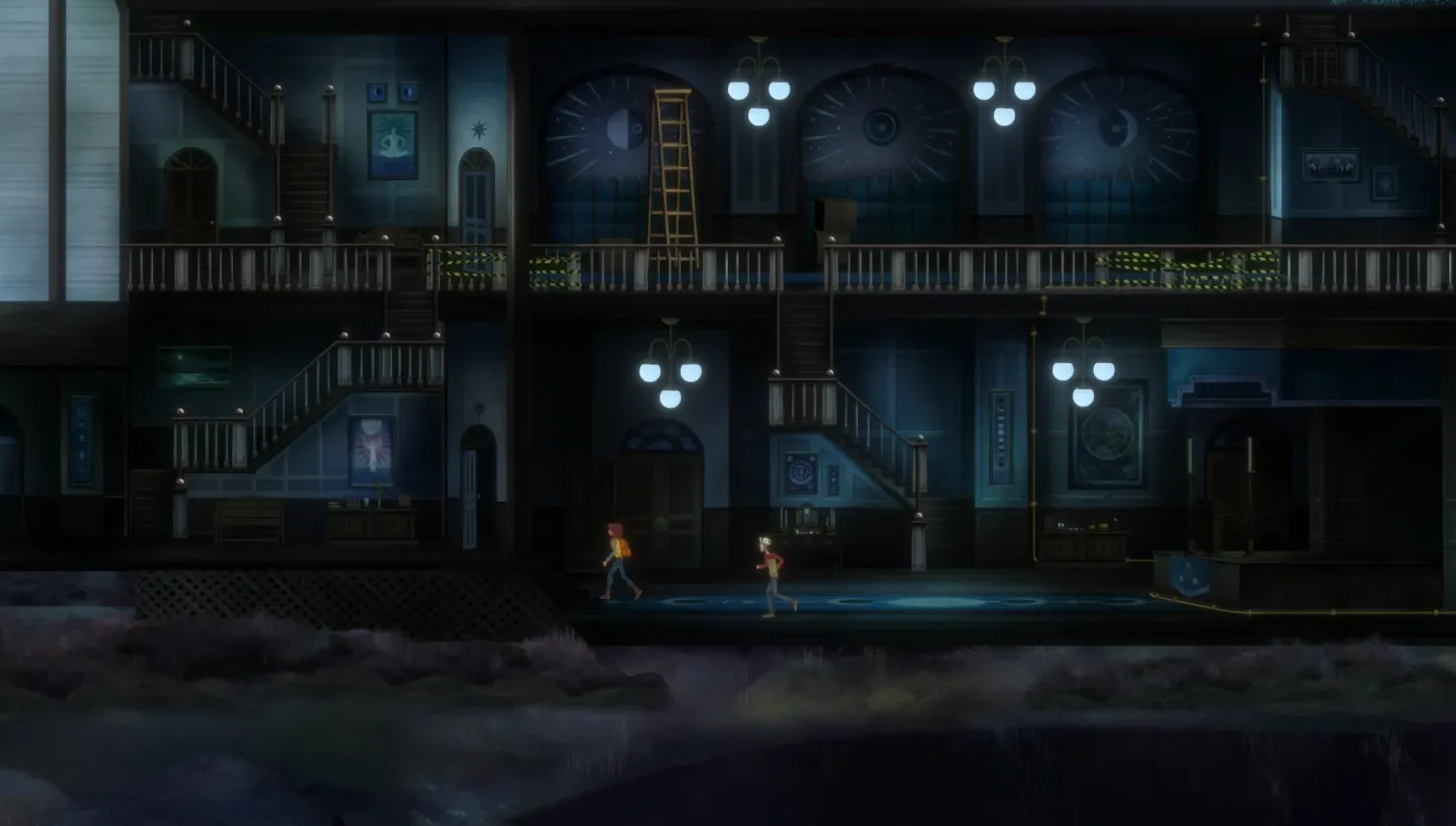
In addition to company acquisitions, Netflix also makes individual agreements with developers. Snowman is best known as Alto’s Adventure and Alto’s Odyssey, and its latest project is Laya’s Horizon, a tranquil wingsuit experience exclusively for Netflix. According to Jason Medeiros, Snowman’s creative director, working with Netflix has two big advantages: immediate access to an audience of more than 230 million people and the freedom to build a game without worrying about monetization.
“You realize very quickly that the game you’ve been playing can’t be free-to-play,” Medeiros told ReturnByte in April. “Like, where do the ads go? It’s this fantasy world where there’s not even a currency and everything is purposeful. As a creative director, I didn’t want any of that. Because I mean, I liked games before all of this happened. So a platform like Netflix doesn’t make any sense. You don’t have to. It’s a breath of fresh air; we take advantage of opportunities to make games that way.”
Of course, there are still developers who self-publish their projects – Vampire Survivors, Phasmophobia, Celeste and Without Us are all standout examples – but this model has a darker path to success based on timing, trends and a lot of luck. . There are over 90,000 games on Steam today; The Xbox Game Pass and PS Plus Premium libraries each have over 400 games (and counting). It’s hard to stand out in this marketplace without a little help.
It took 10 years to get here, but now it’s a solid, measurable fact: There’s a lot of money in indie games. So much money that outside companies are popping up and trying to get a piece of the pie – and right now it’s created a shiny bubble of beautiful PR packages and bespoke shows dedicated to small teams and their games.
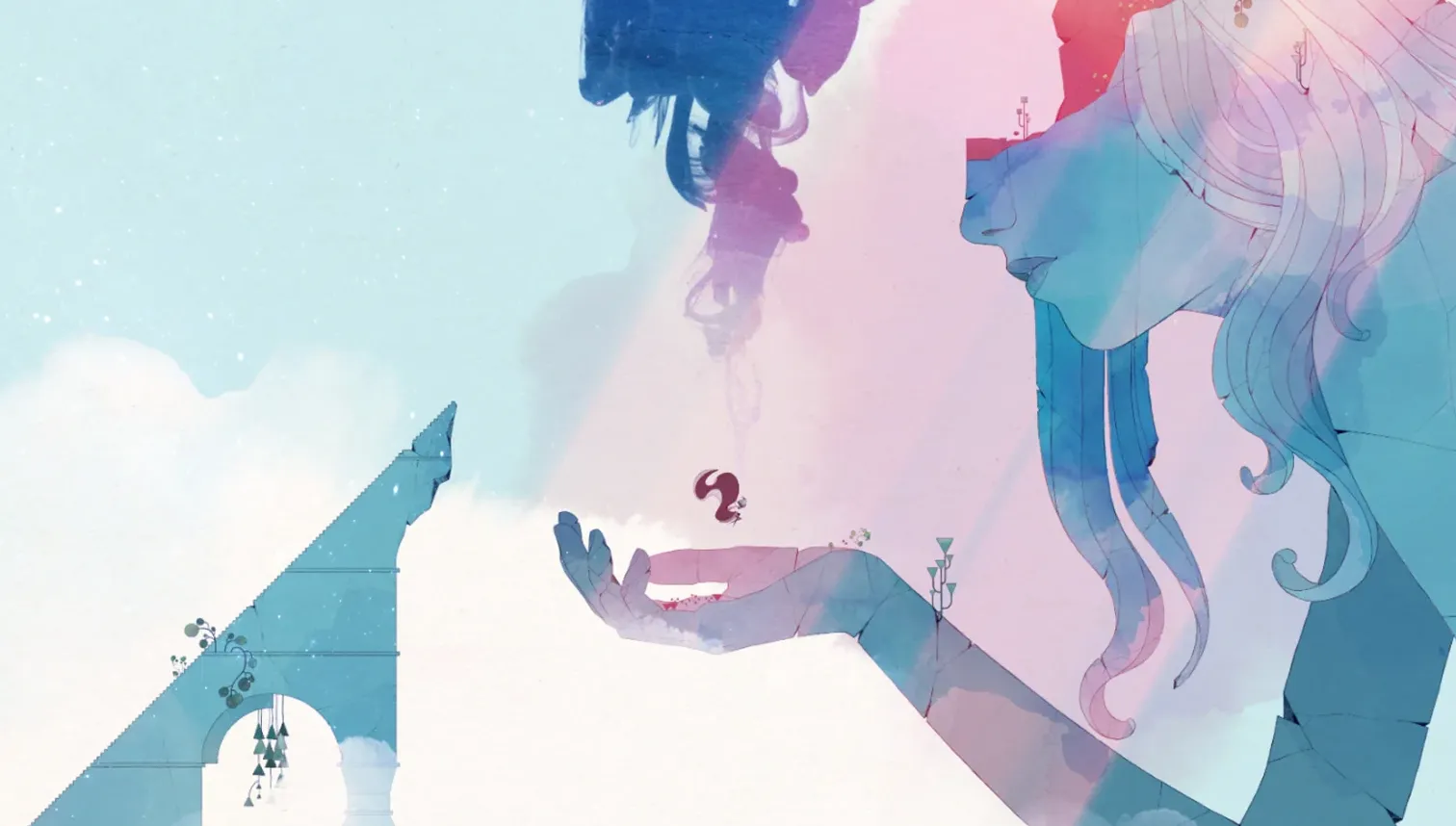
It’s hard to ignore the potential for leverage, especially when Netflix is in the mix. In the midst of an ongoing writers’ and actors’ strike, the company is facing accusations that it awarded grossly unfair compensation contracts to creatives and paid one-time minimum wages even as the projects became big hits on the streaming service. Annapurna, meanwhile, was accused in a documentary released by People Make Games in March 2022 of handling allegations of abuse at three prominent studios on its publishing list – Mountains, Funomena and Fullbright. Meanwhile, the current consolidation frenzy is shrinking the video game industry in general, even as the market values of the biggest companies continue to rise.
For now, custom publishing is the name of the indie game. This system has already delivered innovative and important games to huge audiences – Tchia, Tunic, Sea of Solitude, Gris – and has provided stability for many independent artists. Like, for example, Ben Ruiz.
“I hope that the success of Annapurna means more Annapurnas in the future,” Ruiz said. “It doesn’t feel like they’re just trying to grab something that’s going to make money, or partnering with people that’s just going to make money. They clearly have a brand and an aesthetic guideline… if I can keep making games for them for a long time, I will.”
The new normal is working for Ruiz — and Flesser, Krankel, Medeiros and many others. So far, it’s a working system, although it ultimately leaves publishers, rather than independent developers, with most of the power.


